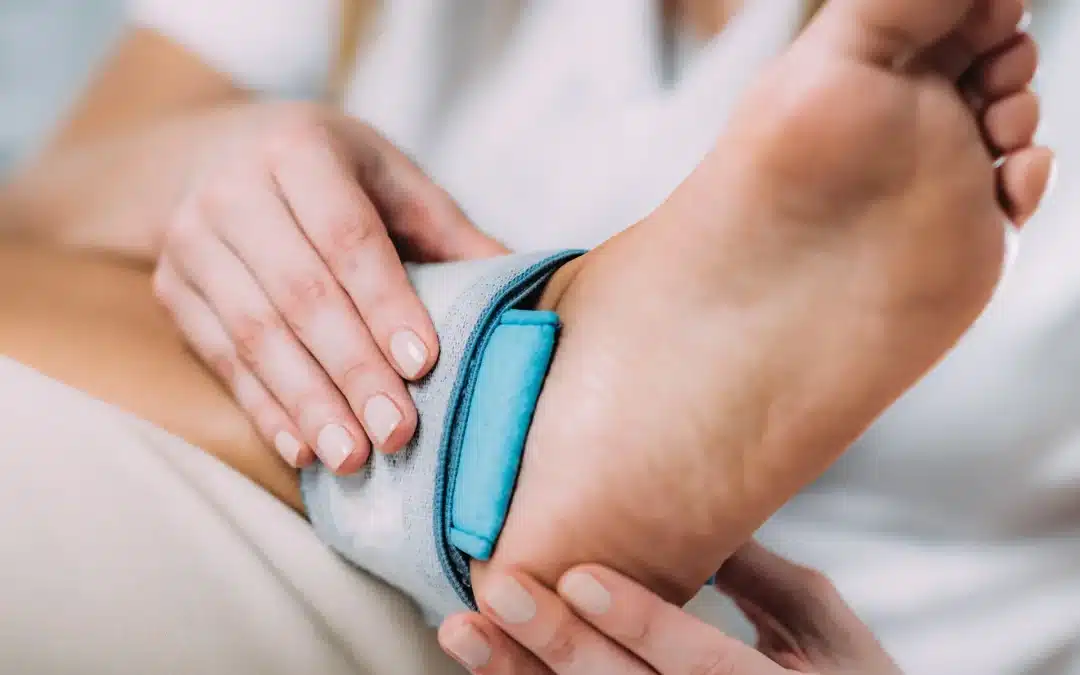Pain in the lower body, particularly the ankle and foot pain or discomfort in the hips, can significantly interfere with daily life. These areas are essential for mobility, balance, and stability. When one part of the kinetic chain is injured or stressed, it can easily impact the others. Understanding the relationship between foot and hip pain—and how to manage. It is key to restoring movement and preventing chronic issues.
Causes of Ankle and Foot Pain
Most common causes of ankle and foot pain are overuse, an injury or trauma, arthritis, bad shoe wear, and finally, a nerve trap or compression. The following conditions may be pathological: plantar fasciitis, Achilles tendinitis, sprains, and stress fractures. In addition, individuals who may remain long hours standing or may walk may also develop pain as a result of muscle fatigue and lack of appropriate support in the arch.
Foot and ankle problems can have a ripple effect that causes a posture and gait change. Such X-rays generally put stress on the knees, hips, and lower back-and even cause pain in areas far removed from those originally affected.
The Role of Hip Pain in Lower Body Discomfort
Hip pain treatment is another major concern, especially for people with sedentary jobs, athletes, or aging adults. The hips are a central support point for the body, so any weakness, stiffness, or misalignment here can place additional pressure on the feet and ankles.
Common causes of hip pain include bursitis, arthritis, tendonitis, or even radiating pain from the spine. Proper hip pain treatment often involves combination of physical therapy, targeted exercises, posture correction, and sometimes anti-inflammatory medication.
Addressing Both Areas for Long-Term Relief
The body is an interconnected system, and relieving only one point of pain may not gain lasting results. For example, if someone has ankle and foot pain, but their treatment does not address a pelvic tilt or weak glutes, the pain may come back. Conversely, if someone treats hip pain but does not assess lower-leg alignment, they may not completely heal.
Don’t Ignore Nerve-Related Pain
In some cases, both foot and hip pain may be linked to nerve issues—like sciatica or peripheral neuropathy. Nerve-related pain is often sharp, tingling, or burning, and may require specialized care. If you’re experiencing these symptoms, it’s worth exploring Pain Medications for Nerve Pain or consulting with a neurologist or pain specialist.
Broader Musculoskeletal Concerns
Pain in one joint often signals imbalance elsewhere. Understanding full-body dynamics can help with issues beyond the hip or ankle. For instance, individuals experiencing hip problems may later encounter shoulder discomfort. Learning more about Shoulder Joint Ache Causes can provide additional insights into posture, mobility, and joint health across the body.
Conclusion
Whether you’re dealing with persistent ankle and foot pain or seeking effective hip pain treatment, it’s important to treat the body as a connected system. Proper diagnosis, lifestyle changes, and targeted therapy can provide lasting relief and prevent future injuries. Always consult with a qualified healthcare provider such as Winter Park Regenerative Medicine to create a treatment plan tailored to your unique needs.

